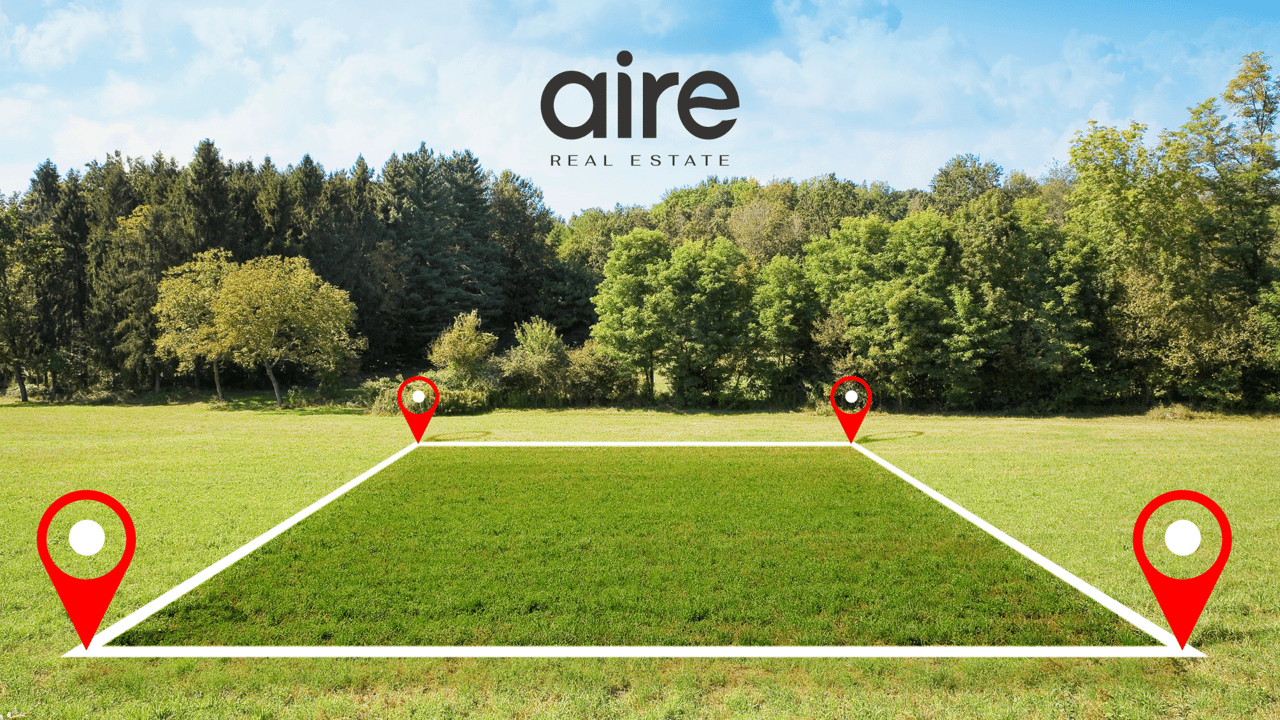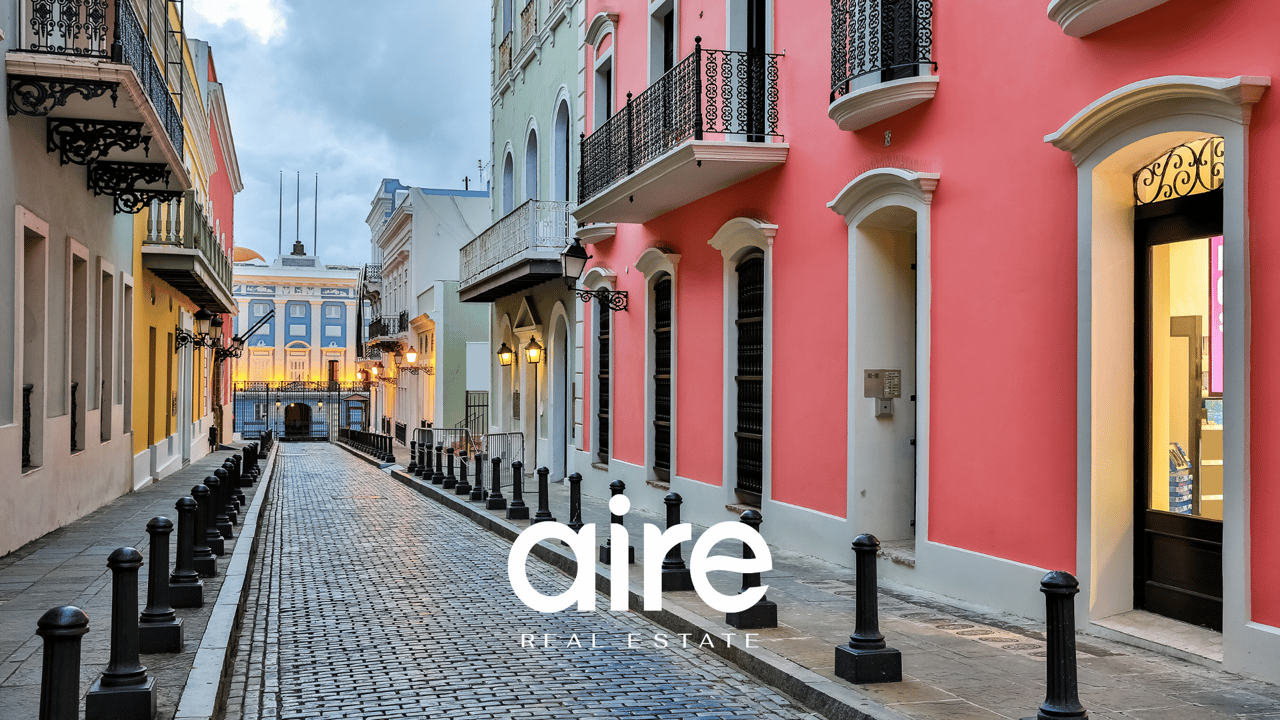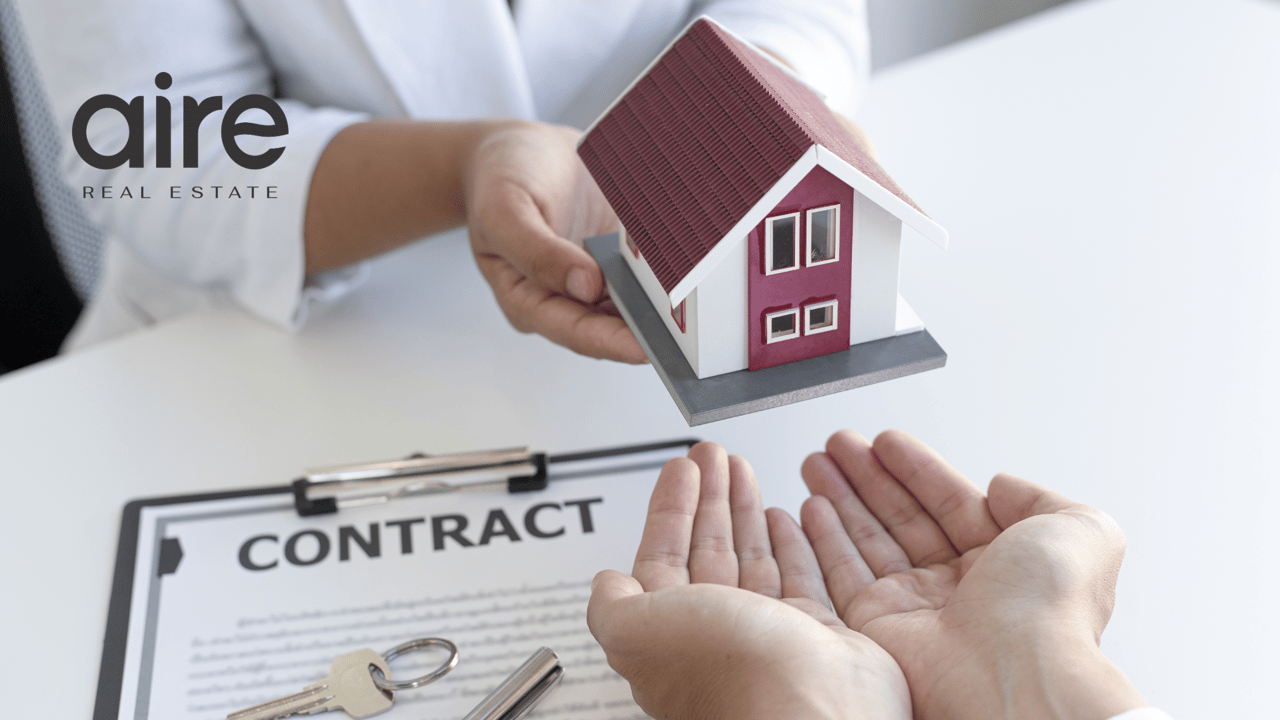Puerto Rico’s natural beauty, U.S. territory benefits, and growing real estate market make it an attractive destination for land buyers. Whether you're planning to build your dream home, develop rental properties, or simply invest in the island’s future, understanding how to buy land in Puerto Rico is essential.
This guide covers everything you need to know—from legal requirements to tips for choosing the right parcel.
1. Why Buy Land in Puerto Rico?
-
U.S. citizens can buy without restrictions—no need for a visa or international transaction rules.
-
Land in rural or up-and-coming areas can be much more affordable than in mainland U.S.
-
Strong potential for ROI through custom construction, vacation rentals, or resale.
-
Access to tax incentives for qualifying individuals under Puerto Rico’s Act 60.
2. Types of Land Available
When exploring how to buy land in Puerto Rico, it’s important to understand what type of land you’re purchasing:
-
Urban Land: Often within city or town limits, with easier access to water, power, and roads.
-
Rural or Agricultural Land: Larger lots at lower prices, but may come with development restrictions.
-
Coastal or Beachfront Land: High-value but heavily regulated due to environmental protections and maritime zone laws.
-
Mountain or Forest Land: Ideal for eco-retreats or off-grid living, though infrastructure may be limited.
3. Step-by-Step: How to Buy Land in Puerto Rico
✅ Step 1: Define Your Purpose and Budget
Are you buying for personal use, farming, investment, or development? Your purpose will determine zoning, size, and location requirements.
✅ Step 2: Work with a Local Real Estate Agent
Choose an agent who understands local zoning laws, environmental regulations, and the land registration system. They’ll help you avoid unbuildable or disputed properties.
✅ Step 3: Verify Ownership and Title
Many properties in Puerto Rico are not properly registered or have unresolved ownership issues. Always:
-
Request a "certificación registral" (title certificate)
-
Conduct a title search through the Registro de la Propiedad
-
Hire a real estate attorney to validate documentation
✅ Step 4: Check Zoning and Land Use Laws
Municipalities regulate how land can be used. Before you buy:
-
Ask for "uso permitido" (allowed use)
-
Check with the Puerto Rico Planning Board (Junta de Planificación)
-
Make sure your intended use—whether residential, commercial, or agricultural—is permitted
✅ Step 5: Confirm Access to Utilities and Infrastructure
Depending on location, you may need to invest in:
-
Roads or driveways
-
Electricity and water connections
-
Septic systems or water cisterns
Be sure to factor these into your total cost.
✅ Step 6: Negotiate and Make an Offer
Once you’ve confirmed that the land is buildable and free of legal issues, your real estate agent can help draft a purchase offer. This is followed by a "Promesa de Compraventa" (purchase agreement), usually with a deposit.
✅ Step 7: Close the Sale
The closing process involves:
-
Final legal due diligence
-
Payment of local transaction taxes (typically 1–2% of sale price)
-
Registration of the deed (“escritura”) with a notary and the Property Registry
4. Costs to Expect
-
Land price: Varies by location, from $5 per m² in rural areas to over $100 per m² in premium zones
-
Attorney fees: Typically 1% of the sale price
-
Notary and registration: Required by law for all transactions
-
Survey and appraisal (optional but recommended)
5. Tips for Success
-
Visit the land in person—don’t rely on photos alone
-
Walk the entire lot and check for boundaries, terrain, or flooding risks
-
Be cautious with owner-financing deals; always consult a lawyer
-
Don’t assume you can build—verify with all appropriate agencies first




